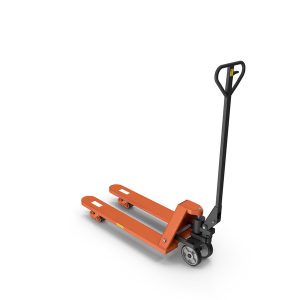Overview: Kirby Building Systems offers steel panels with a thickness of 0.6 mm, customizable to specific project requirements. These panels are fortified with a sophisticated multilayered coating system, ensuring durability and excellent coating adhesion.
Benefits:
- Longevity and Adhesion: Kirby panels feature a multilayered coating system that enhances their lifespan and ensures superior adhesion of coatings.
- Robust Construction: With a thickness of 0.6 mm, these steel panels offer strength and structural integrity for various applications.
- High Yield Strength: The panels have a minimum yield strength of 345 MPa, contributing to their reliability in demanding conditions.
- Corrosion Resistance: The base material is treated with a corrosion-resistant primer and top coat, bolstering the panels’ resistance to environmental challenges.
- Optimal Coating Thickness: The combined painted film thickness of 25 microns on the front side and 12 microns on the reverse side ensures consistent and effective protection.
Features:
- Customization: The panels are available in a range of thicknesses, providing customization options for specific project needs.
- Hot Dipped Galvanization: The steel panels are hot dipped and coated with zinc or zinc-aluminium, complying with industry standards (G90 and AZ150) for material coating.
- High-Quality Coating: The panels undergo a meticulous multilayered coating process, which involves pretreatment, corrosion-resistant primer, and top coat application.
- Precise Thickness Control: The panels have a precisely controlled thickness of 0.6 mm, contributing to their structural integrity and load-bearing capacity.
- Dual-Sided Protection: The reverse side of the panel features a 12-micron coating, ensuring comprehensive protection against corrosion and wear.
Applications:
- Construction Projects: Kirby panels find extensive use in constructing industrial, commercial, and residential buildings due to their strength and durability.
- Roofing and Cladding: These panels are suitable for roofing and cladding applications, providing both functional protection and aesthetic appeal.
- Infrastructure Development: The panels are valuable in infrastructure projects such as bridges, warehouses, and factories, where durability is paramount.
- Architectural Design: Architects and designers can incorporate Kirby panels for their design flexibility and ability to withstand various environmental conditions.
- Energy Sector: In sectors like solar energy and power plants, these panels can be utilized for their robustness in adverse weather conditions.





















Reviews
There are no reviews yet.